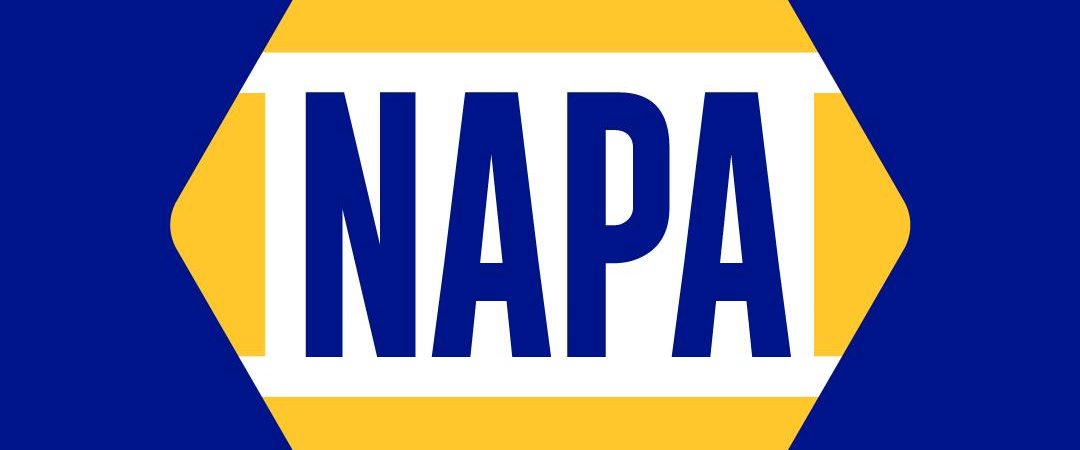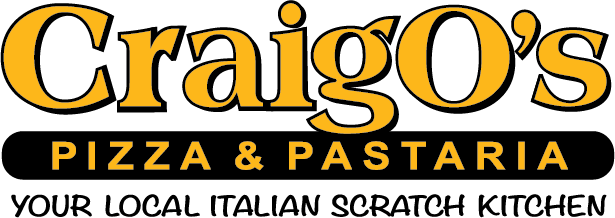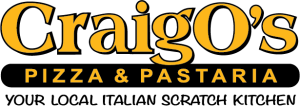Why Being on Time Matters More Than You Think
The dictionary defines punctuality as “the fact of arriving, doing something, or happening at the expected or correct time and not late”. But in the workplace, it means more than that. It says more about you than you realize.
Punctuality and Professional Image
Being punctual reflects discipline, responsibility, and respect for others’ time. It shows commitment not just to the task, but to the team and the company you are in. When you arrive on time, you signal that you value your colleagues’ time and the collective work. On the other hand, frequent lateness can give the impression of a lack of commitment and disrupt working dynamics.
Why Punctuality Matters?
Punctuality goes beyond just meeting a schedule. It shows reliability and a strong work ethic. While being punctual can set a positive tone for the day and build trust, tardiness can harm productivity, affect morale, and damage your professional relationships.
This is especially true for managers and leaders, as they must set the example for others. When a leader arrives late or doesn’t prioritize punctuality, it sends a message to the team that being on time isn’t that important. Leaders who model punctuality foster a culture of respect and professionalism, creating an environment where everyone understands the value of time.
The Risk of Appearing Tardy to Clients
Being tardy carries many risks, and appearing late to clients goes beyond a minor inconvenience. When a client is waiting for you, they trust that you value their time and are committed to the meeting. Arriving late, even by a few minutes, not only undermines that trust and damages your personal reputation, but it can also reflect poorly on the company as a whole, potentially jeopardizing deals or future opportunities. Punctuality demonstrates respect, reliability, and professionalism, all of which are essential for maintaining strong client relationships.
Tips for Improving Punctuality
Improving punctuality can be simple:
- Plan ahead: Prepare for the next day in advance.
- Use reminders: Leverage apps to track appointments or simply add more alarms to your list.
- Create a routine: A consistent morning routine can save you time.
Conclusion
Being on time is a simple way to show you’re professional. It means you respect your coworkers and care about your team. When you make punctuality a habit, people will see you as reliable and committed. Try waking up a bit earlier, you’ll be glad you did!














